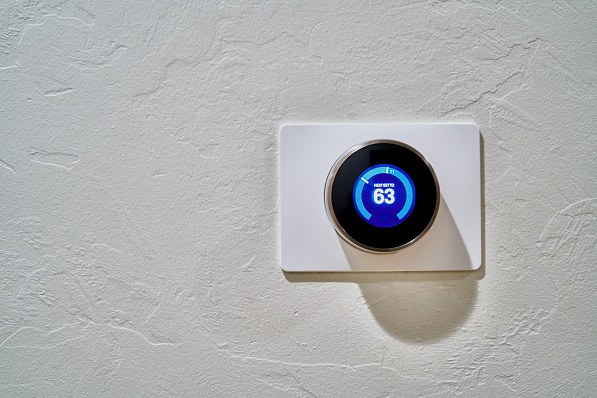
IoT — Internet of Things and connected “objects
In theInternet of Things — IoT, an “object” can be:
- a person: for example, a patient suffering from bradyarrhythmia could be fitted with a pacemaker, itself equipped with sensors to collect data in real time and alert the referring medical staff in case of problem
- animals that carry a chip (transponder) in order to be monitored remotely
- a car with sensors to alert the driver when the pressure of his tires is too low, but also provides him with driving assistance, … not to mention semi-autonomous cars, communication between vehicles …
IoT refers to any natural or human-made object that can be assigned an IP address and the ability to transfer data over a network.
Internet of Things — IoT in brief
Ecosystem of physical objects connected to the Internet, which allows the exchange of data and information between these objects and the Internet.
IoT consists of 4 main elements:
- objects, serving as sensors
- the network
- the data and/or information captured or used by the object
- but also the operating applications allowing the use of these objects as well as the data and information used
Examples: smartphone, connected watch, toll tag, pallet
RFID .…
IoT and industry
In January 2019, IDC released its estimates for the global Internet of Things market. Spending on the Internet of Things is expected to reach 657 billion euros, of which 173 billion euros will come from industry.
The IoT is already used in industry to
- data collection. They are essential for monitoring operations and industrial equipment: temperature, humidity, location and monitoring of equipment, etc.
- improve performance: increase production with fewer resources (human or material)
- Reduce costs, including, once again, those related to human resources. Connected objects are indeed able to perform simple tasks, usually done by employees, such as collecting data
- improve maintenance. By anticipating and avoiding machine and equipment breakdowns, operational and production interruptions…
« Back to Glossary Index
